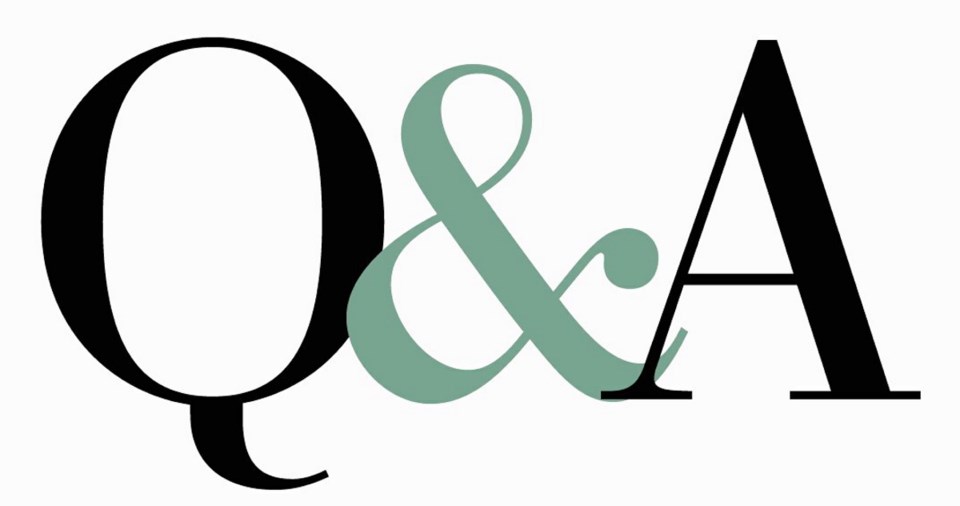Question: I remember years ago when we had a flat tire, we were told we had to purchase three new tires to match the new one or the car would be unstable. I鈥檝e not heard that advice for years. Now my granddaughter is being told the same thing. Is that valid advice?
P.B.
Answer: This recommendation might be valid in some cases, but not all. All-wheel-drive vehicles require all four tires to be very close in diameter and identically inflated to avoid causing heat, stress and wear of driveline components. Depending on the manufacturer, the maximum tread depth deviation between tires is approximately 2/32 inch and 4/32 inch. Let鈥檚 say your four tires are worn to 50 per cent of their original 13/32-inch tread depth and one becomes damaged beyond repair. Purchasing an identical new tire is the best choice, but you鈥檇 be out of specs on the tread-depth difference. Rather than being forced to renew the other three, it is possible to have the new tire shaved to match the others (it might take some searching to obtain this service). This hurts but is preferable to buying four new ones.
On a typical two-wheel-drive vehicle, it鈥檚 best to have all four tires be the same size, speed and load rating, tread style and compound to insure optimum road handling. In cases where an exact match (brand and model) can鈥檛 be obtained for a single replacement tire, some will opt for as close a copy as possible. Others will tell you to replace in pairs, or all four. I don鈥檛 believe the difference in tread depth is an issue unless the remaining three are worn below 50 per cent tread. If you replace a pair of tires, mount the new ones on the rear. The reasoning is if driving in rain and hydroplaning becomes an issue, it鈥檚 better to have the front tires lose traction than the rears. This seems counterintuitive, but understeer is easier to correct for than oversteer. Releasing the throttle and perhaps braking lightly helps restore front traction, along with additional turning effort in order to stay on track. Should the rear tires lose traction, the vehicle is more likely to spin, which is difficult, if not impossible, to manage.
Q: My driver鈥檚-side power window has stopped going up at times. This has me worried as I might not be able to lock my truck, which I work from. Any ideas? It鈥檚 a 2011 GMC with 174K kilometres. New window motor? Switch? Thanks.
A.B.
A: Try this the next time it quits: Hold the switch in the up position continuously and slowly sweep the opened door throughout its range. If nothing happens, try repeatedly operating the button as you move the door. If the window begins to function, even briefly, it鈥檚 likely one of the wires in the plastic conduit bringing wires to the door is breaking and intermittently making connection. This is not uncommon in vehicles that see a lot of door action, particularly the driver鈥檚 door. If the window reliably goes down, and up is the only concern, it鈥檚 not the motor. Also, any other faults with other windows, mirrors or such at this same time? This might also hint at the broken wire theory.
Brad Bergholdt is an automotive technology instructor at Evergreen Valley College in San Jose, California. Readers can email him at [email protected].



